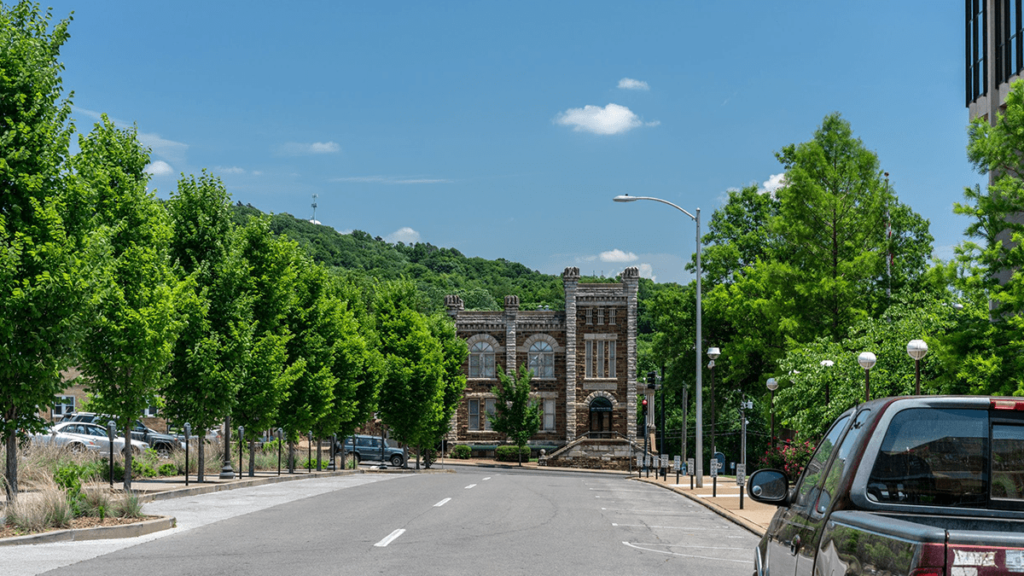ATG | DCCM Supports Arkansas Transportation Planning Statewide
ATG | DCCM Supports Arkansas Transportation Planning Statewide Statewide, Arkansas The Arkansas Department of Transportation (ARDOT) selected ATG | DCCM to provide transportation systems planning, and management systems planning/FAST Act compliance, along with corridor traffic engineering and operational analysis. Below are a few project examples of the many ways ATG | DCCM was able to analyze possibilities and create solutions for ARDOT under the statewide planning contract: Statewide Transit Coordination Planning – ATG | DCCM helped ARDOT develop a FAST Act compliant Statewide Human Services Transit Coordination Plan that was designed to optimize the efficient use of existing resources to meet the mobility needs of Arkansas residents, especially the elderly, disabled, low-income, and rural populations. During plan development, ATG | DCCM conducted transportation systems analyses of current levels of service as well as current and future transit needs identifying gaps in service and the prospective resources available to address them. ATG | DCCM carried out a broad-based and inclusive statewide stakeholder engagement process consisting of a series of eight workshops that were held throughout the state regarding area transit issues and current coordination efforts. The final plan provided prioritized recommendations to support ARDOT coordination strategies to deploy resources efficiently and effectively in addressing the transit needs of target populations across the state. State Safety Oversight – ATG | DCCM assisted ARDOT develop a 49 CFR Part 674 compliant program required for overseeing safety implementation with rail fixed guideway public transportation system (RFGPTS) providers in the state. ATG | DCCM provided management systems support to develop a new State Safety Oversight Program Standard (SSOPS) and developed a Procedures Manual to direct program activities. ATG | DCCM conducted desk and field reviews of safety documentation, implementation of safety procedures; and coordination to introduce the new standards. ATG | DCCM developed the necessary analysis and documentation for ARDOT’s certification submission of the Arkansas SSO program to FTA which was approved in July 2018. Traffic Engineering Study – ATG | DCCM conducted a traffic engineering study along Hwy 270 and Hwy 7 in the Hot Springs, AR area. ATG | DCCM analyzed four interchanges and two corridors using FHWA highway capacity software (HCS); SYNCHRO; VISSIM and other operational analysis tools to help ARDOT develop both conventional and innovative alternatives to current and anticipated challenges. Alternatives evaluated included interchange and other improvements along the Hwy 270 controlled-access corridor and signal progression, access management, and innovative intersection treatments along the Hwy 7 arterial corridor. ATG | DCCM prepared conceptual exhibits and visualization tools to evaluate transportation performance outcomes of the various alternatives as well as high-level cost/benefit analysis to evaluate return on investment (ROI) of proposed alternatives.




